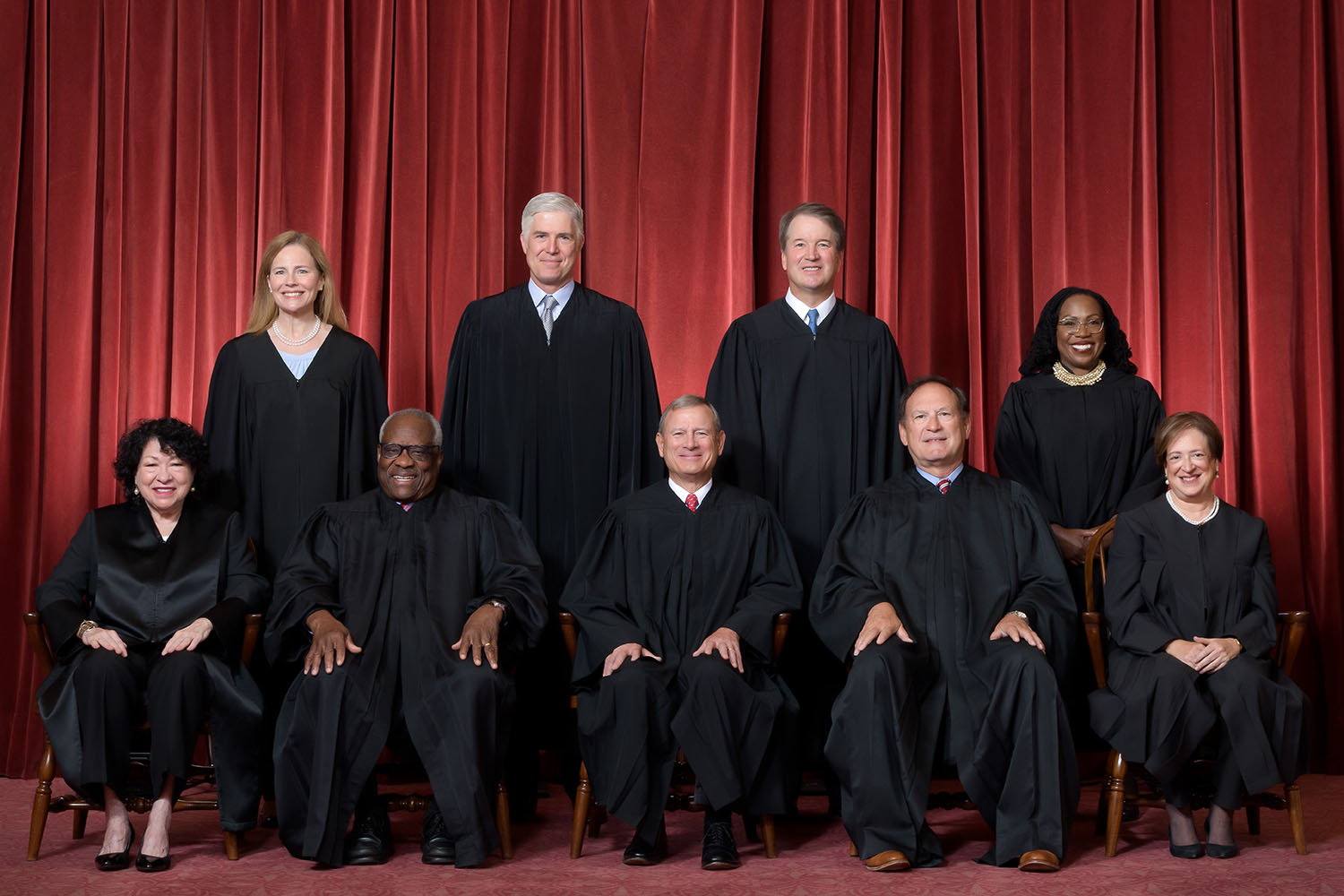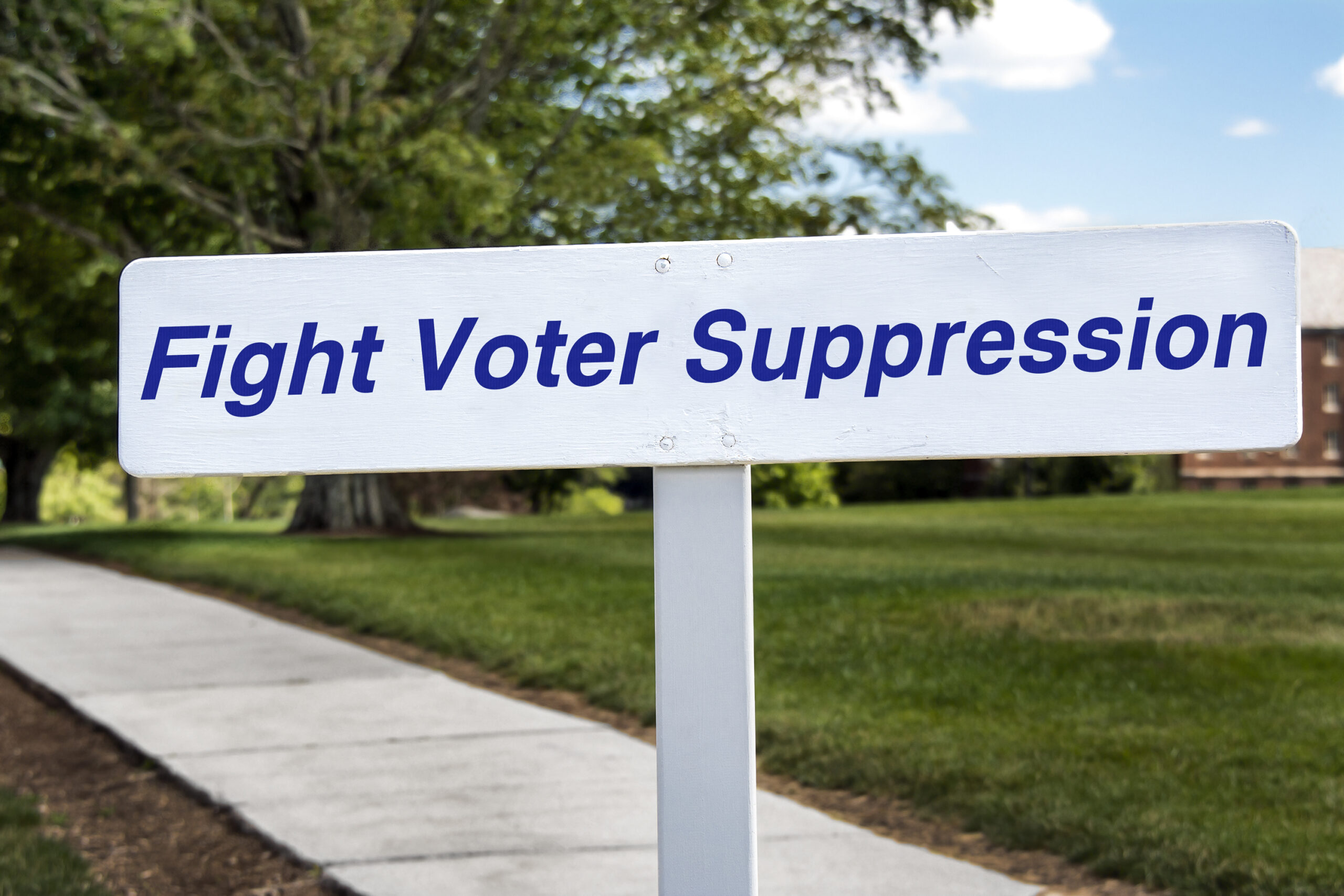History
Back in November of 2020, Caleb Reese, Joseph Granich, FPC, The Second Amendment Foundation, and the Louisiana Shooting Association filed suit in the Western District of Louisiana challenging 18 U.S.C. §§ 922(b)(1) and 922(c)(1), 27 C.F.R. §§ 478.99(b)(1), 478.124(a), and 478.96(b).
U.S.C. is United States Code, or laws. C.F.R. is Code of Federal Regulations. So they are challenging the rules and regulations infringing on The People aged 18, 19, and 20 from purchasing firearms from FFLs.
The named plaintiffs, Reese and Granich, were in that age range when the suit was filed. Since it was filed in 2020, there is no way that they are still in that age range today. The case is moot.
This is why the organizations are required to be in the suit. They need real people to start the suit, but the organizations can add other members that meet the requirement of being in the age group as the original plaintiffs age out.
On May 5th, 2021, the plaintiffs did just that; they added Emily Naquin to the suit. This gave them a longer window and added a woman to the complaint.
On June 10, 2021, Joseph Granich left the suit.
In July of 2022, the court was formally made aware of Bruen. This means that the district court must use the Heller methodology as affirmed in Bruen. Is the plain text of the Second Amendment implicated? Is there an analogous regulation in this Nation’s history of firearm regulation?
The state immediately responded that Bruen affirms the Second Amendment allows a ‘variety’ of gun regulations,
including ‘laws imposing conditions and qualifications on the commercial sale of arms’
. In other words, the state ignored the holding and dicta of The Court and instead cherry-picked a phrase from a concurrence. I love how they say, “Justice Kavanaugh’s concurrence emphasizes….” They added the word emphasizes to imply what is not there.
On December 21, 2022, the district court found that the Second Amendment was implicated. Further, it found that Congress had designated 18, 19, and 20-year-olds as particularly dangerous, and therefore they could be disarmed in keeping with this Nation’s history of firearms regulation. Never mind that this implies that Congress can disarm any group by declaring them “dangerous.”
The case was appealed to the Fifth Circuit Court of Appeals, which issued its opinion January 30 and issued its mandate on April 17, 2025.
The Fifth Circuit Court’s Judgment
The Fifth Circuit dealt with the state’s contention that the law didn’t even implicate the Second Amendment like this:
Addressing the first question under Bruen, the government contends that “the Second Amendment’s plain text” does not cover the conduct that §§ 922(b)(1) and (c)(1) prohibit. Bruen, 597 U.S. at 24, 142 S. Ct. at 2130. The government argues that a limited ban on the purchase of handguns from FFLs is not an infringement on the Second Amendment rights, and in any event eighteen-to-twenty-year-olds are not among “the people” protected by the right. We reject these points, then move to Bruen’s second inquiry: …
— Reese v. Bureau of Alcohol, Tobacco, Firearms & Explosives, 127 F.4th 583, 593 (5th Cir. 2025)
Note that the state doesn’t even believe that newly enlisted members of our military are part of The People.
The court then went on to discuss what plain text means. The threshold textual question is not whether the laws and regulations impose reasonable or historically grounded limitations, but whether the Second Amendment “covers” the conduct (commercial purchases) to begin with.
— Id.. Clearly this is the correct methodology.
Step one isn’t really a step; it is a simple question. If it takes more than a sentence, then they are likely doing it wrong.
Or, put another way, why not assume it is covered under the plain text? The courts used to do this, until they couldn’t wave a magic wand and say the state’s argument is more important than The People’s rights.
One brief pre-ratification aberration and a handful of post-ratification examples do not outweigh the consistent approach of all states—including Virginia—where the minimum age of eighteen prevailed at or immediately after ratification of the Second Amendment. See NRA II, 714 F.3d at 340–41 n.8 (Jones, J., dissenting from denial of rehearing en banc). The founding-era laws are far more probative of what “the people” meant when the Second Amendment was ratified, as “Constitutional rights are enshrined with the scope they were understood to have when the people adopted them.” Heller, 554 U.S. at 634–35, 128 S. Ct. at 2821.
— Id.
This is a good example of “tradition.” We can look at this Nation’s history of firearm regulation and find outliers. These outliers do not outweigh the consistent approach, the traditions of all states.
In the end, the Fifth Circuit concludes:
Ultimately, the text of the Second Amendment includes eighteen-to-twenty-year-old individuals among “the people” whose right to keep and bear arms is protected. The federal government has presented scant evidence that eighteen-to-twenty-year-olds’ firearm rights during the founding-era were restricted in a similar manner to the contemporary federal handgun purchase ban, and its 19th century evidence “cannot provide much insight into the meaning of the Second Amendment when it contradicts earlier evidence.”
Id. at 66, 142 S. Ct. at 2154 (citing
Heller, 554 U.S. at 614, 128 S. Ct. at 2810). In sum, 18 U.S.C. §§ 992(b)(1), (c)(1)[
sic 922] and their attendant regulations are unconstitutional in light of our Nation’s historic tradition of firearm regulation.
We REVERSE the district court’s judgment and REMAND for further proceedings consistent with this opinion.
— Id.
Three of the potential outcomes from an appeal are “AFFIRM,” which says the superior court agrees with the inferior court. “VACATE,” which says that the inferior court got it wrong and needs to do it over, considering the named opinions. But the strongest of them all is to “REVERSE.” To reverse an inferior court’s decision is to say not only did they get it wrong, but that the superior court doesn’t believe the inferior court will get it right.
Or in some cases, there is no need for the inferior court to put their oar in the water. What’s done is done.
The District Court Beclowns Themselves
The circuit court’s holding is that 18 U.S.C. §§ 922(b)(1), (c)(1) and the regulations that build on them are unconstitutional. There is no wiggle room in that opinion. It is a pure win for The People.
There is nothing in that opinion that suggests that this is an as-applied or is any other way limited to just the plaintiffs.
In Rahimi we had an “as applied” finding. This is being played out in other §922(g)(8) situations. They are coming down in “as applied” opinions.
Once the district court receives its marching orders, it is supposed to follow orders like the inferior it is. There is a clear winner and a clear loser.
The court then orders the parties, both the winners and the losers, to submit a proposed judgment. The court is supposed to look at the proposed judgment, make sure it aligns with the superior court’s orders, and then sign off.
Generally, the parties work out an agreement, which is then presented to the court.
The plaintiffs, the good guys and winners, suggested the following:
The Court declares that 18 U.S.C. §§ 922(b)(1) & (c)(1), their derivative regulations, and all other laws, regulations, policies, practices, and customs implementing or effectuating the same, violate the right to keep and bear arms secured by the Second Amendment to the United States Constitution by prohibiting the sale or delivery of handguns and handgun ammunition to 18-to-20-year-olds.
With the court ordering the state to stop enforcing the rules and regulations. This judgment would stop the exercise of the relevant rules and regulations in the jurisdiction of the Fifth Circuit. A giant win. And it could be used in support of other cases.
The state, the defendants, the bad guys, and the losers proposed the following:
The Court enters declaratory judgment, as described in paragraph 3 below, with respect to (A) Plaintiffs Caleb Reese, Joseph Granich, Emily Naquin; and (B) individuals who (i) were members of Plaintiffs Firearms Policy Coalition, Inc., Second Amendment Foundation, or Louisiana Shooting Association at the time this action was filed on November 6, 2020, and (ii) have been identified and verified by respective Plaintiff organizations during the course of this litigation.
Here the state changes this from a facial win to an as-applied. Which is even worse than it originally sounds. This judgment would only last for 3 years. At the end of three years, everybody that would be covered by this judgment would have aged out of the category.
The state argues that Trump v. CASA applies. The state claims that the judgment of the court would be a universal injunction, which would be too wide. But that was never the case. This ruling would only apply within the Fifth Circuit. So the state is full of excrement.
They go on to say that it should only apply to members of the organizations that were members when the case was filed. This would limit the relief to people that joined FPC or SAF when they were children; otherwise, they would have already aged out.
The state is also requiring that the organizational plaintiffs provide membership lists because: limiting the scope of permanent relief to members of the organizational plaintiffs who were members when suit was filed is necessary because only such persons have standing to sue, and because equity requires this limitation to avoid incentivizing free riders.
The judge’s final order includes FFLs that were members of the organizations when the suit was filed in 2020.
The only people who would benefit from this order are the two named plaintiffs.
Conclusion
The judge is a freaking clown. He got his knuckles rapped by his superior and has decided to thumb his bright red nose at them.






